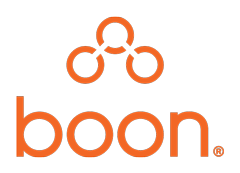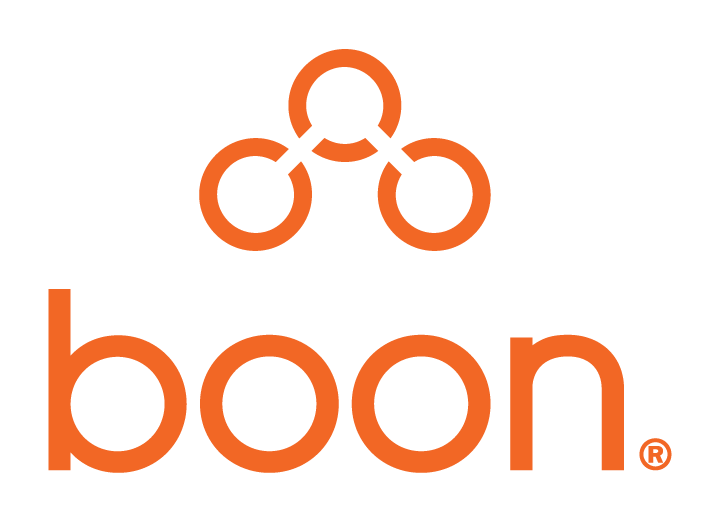The tax penalty for failing to adhere to the individual mandate was repealed for 2019. This means that Americans without health coverage in 2019 will not be subject to a tax penalty. In mid-December 2018, a Texas Federal judge ruled that the Affordable Care Act (ACA) is unconstitutional. However, the matter is still in the appellate courts and all existing employer requirements remain in full force and effect for now.
Employer Responsibility to Offer Coverage
Summary: Employers must offer minimum essential coverage to active full-time employees and their dependents (not including spouses).
Comments:Rules require determination of full-time status of all employees, including variable hour and seasonal employees (which are more difficult to measure). Full-time employment is defined as 30+ hours per week calculated on specified measurement periods, and benefits must be provided for specified stability periods. Employers under the same control group are considered together for determining the number of full-time employees, with apportionment rules for payment of penalties.
Failure to Offer at All
Large employers (50 full-time or full-time equivalent employees) that fail to offer “minimum essential coverage” to substantially all (95%) “full-time employees” and their dependents (excluding spouses) are subject to a penalty if any full-time employee qualifies for a premium subsidy and obtains coverage through an Insurance Exchange. To date, “minimum essential coverage” has yet to be defined, other than it must include specified preventive care benefits with no cost share by the plan participant.
Penalty A: The employer penalty is $2,000 per employee (minus the first 30 employees). If the offer is to 95% of employees, the employer is still subject to the penalty for the remaining 5% of employees.
Failure to offer coverage that meets Affordable and Minimum Value Tests
If a large employer offers “minimum essential coverage” to full time employees, such coverage must be “affordable” and meet “minimum value” or the employer will be subject to a penalty.
Penalty B: The penalty is the lesser of $3,000 per employee who obtains a subsidy or $2,000 for each full-time employee (minus the first 30 employees). Penalty B cannot exceed the amount of Penalty A.
To be considered “affordable”, the employee’s premium cost to for employee-only coverage can be no more than 98.6% (2019) of household income (there are several alternative “safe harbors” to measure this, including using employee’s W-2 wages). To meet “minimum value,” the Plan must provide 60% actuarial value (AV) minimum – essentially, cover at least 60% of covered health care costs.
90-day limit on waiting periods. No annual dollar limits on essential health benefits. Coverage of routine patient costs for clinical trials of life-threatening diseases. 30% incentive cap for wellness programs. Exchanges initially only apply to individuals and small employers.
Recommended Action: Watch for decision from the appellate court.
W-2 Reporting Requirement
Summary: Employers must report the cost of employer sponsored health benefits. Presently, only certain types of coverage must be provided. Please also note that there is transition relief available to certain types of employers with respect to certain benefits. For example, major medical covers should be reported. However, the transition relief is still available to employers filing fewer than 250 Forms W-2 for the previous calendar. Expanded reporting is not required until the IRS publishes its final guidance.
Effective Date: 2012 tax year Forms W-2 issued in January 2013
Comments: This is a reporting obligation only and does not change the current tax-free nature of the benefit.
1095- C and 1094-C Reports
Summary: Under Section 6056 of the Internal Revenue Code, employers that are ALEs under the employer shared responsibility provisions to file information returns with the IRS about whether they offered health coverage to their full-time employees (and their dependents) and, if so, information about the offer of coverage. ALEs must also provide a copy of the information to the employee.
Effective Date: Reporting was first required with respect to coverage offered (or not offered) in 2015.
Comments: According to the IRS, it willuse the information provided on Form 1094-C (report to the IRS) and Form 1095-C (report to employees pertaining to the coverage for each employee and covered dependents) to administer the employer shared responsibility provisions. In addition, the IRS and the employees of an ALE Member will use the information provided as part of the determination of whether an employee and his or her family are eligible for the premium tax credit under section 36B. While the Texas case is still on appeal the reporting requirements remain applicable.
Recommended Action:
- 1095-Cs need to be provided to employees by January 31, 2020 (This is an extended deadline).
- Forms 1094-C & copies of the 1095-Cs need to be filed with the IRS
- Paper filing needs to be done by February 28, 2020
or
- Electronic filing (required for employers with more than 250 1095-Cs) must happen by April 1, 2020.
Comparative Effectiveness Research Fee (CER) from the Patient-Centered Outcomes Research Institute (PCORI)
Summary: This fee funds research on the effectiveness, risks and benefits of medical treatments through the Patient Centered Outcomes Research Institute
Effective Date: Plan/policy years that end after 9/30/2012 and beginning before 10/1/2013; the fee will stop being assessed for plans with plan years beginning after September 30, 2019 with the final payment being due on July 31, 2020.
Responsible Party: Employer is responsible for self- funded plans; fees are built into the premium on fully insured plans.
The Boon Group® can assist with reporting membership numbers to employers
Comments: Fees are paid per member (employee + dependents) per year. fees are filed with Form 720 “Quarterly Federal Excise Tax Return” on an annual basis by July 31st of the year following the end of the plan year.
Fees:
• For plan years that end during October 1, 2018 through September 30, 2019, this fee is $2.45 per participant per year.
Notification Requirements
Summary: Employers will have to notify employees about health insurance exchanges and premium subsidies.
Employers were required to provide the Exchange Notice by Oct. 1, 2013, to individuals who werecurrent employeesbefore that date.There is no requirement to provide the Exchange Notice to current employees on an annual basis.
However, this is a continuing requirement, because the notice must be provided to each new employee at the time of hireFor 2014, the DOL considered a notice to be provided “at the time of hiring” if the notice was provided within 14 daysof an employee’s start date. However, there is no fine or penalty for failure to provide the notice.
Tax on High Earners and Unearned Income
Summary: An annual tax on wages or unearned income of more than $200,000 for singles and $250,000 for married couples
Effective Date: Tax years beginning 1/1/2013 and later
Responsible Party: Individual taxpayers
Comments: 0.9% Medicare surtax on wages in excess of $200,000 single/$250,000 married couples. 3.8% tax on investment (unearned) income for taxpayers with modified adjusted gross income in excess of $200,000 single/$250,000 married couples. Investment income includes dividends, interest, rents, royalties, gains from the disposition of property, and certain passive activity income. Estates, trusts, and self-employed individuals are all liable for the new tax.

